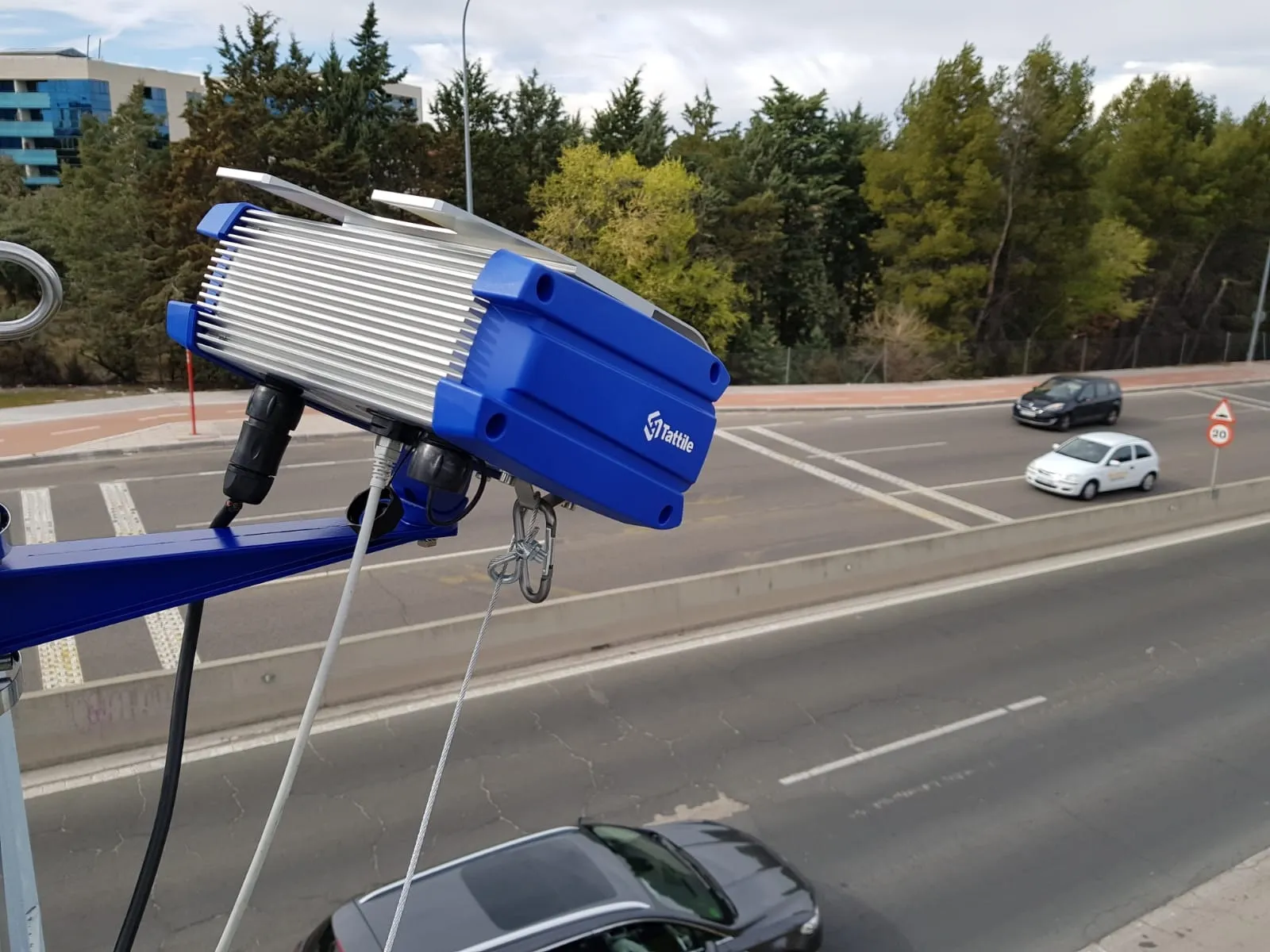
Tattile has deployed 45 Vega Smart 2HD cameras for a road surveillance project in Spain's capital Madrid on behalf of traffic authority Dirección General de Trafico.
The company has supplied 14 of these cameras to control high occupancy vehicle (HOV) lanes in the greater area of Madrid.
Tattile says road control takes place in the morning when commuters enter the urban area and after normal office hours when the traffic leaves the city.
According to Tattile, the automatic number plate recognition cameras are counting the number of vehicles using the HOV lanes while also creating an origin-destination matrix.
Additionally, the 31 remaining cameras are analysing the traffic flow along the radial highways that depart the centre of Madrid.
The information taken by these cameras are used for different purposes such as origin-destination and definition of the travel time.
Aside from these everyday tasks, the cameras are being used in specific campaigns that check whether vehicles have insurance coverage and a valid technical revision plate.










